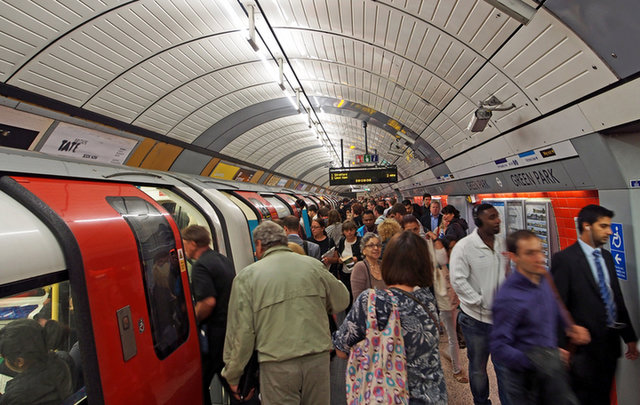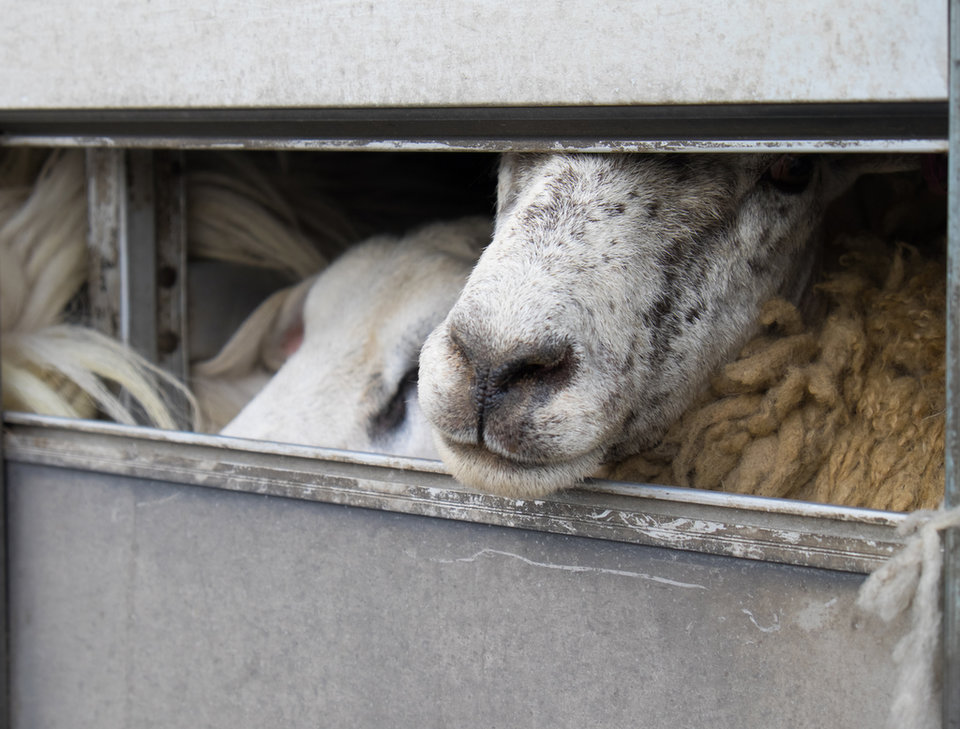Hot weather aboard trains can lead to dehydration, heat stroke and heat exhaustion
Highs and lows: the lack of legislation
Despite the high frequency of complaints and the potential dangers faced by passengers subjected to hazardous on-board temperatures, the UK Government has not written into law any maximum or minimum temperature for public transport that train companies would have to adhere to.
According to industry body Rail Delivery Group (RDG), all trains are fitted with sufficient heating and as of June 2018, 59% of existing and new rolling stock carriages were fitted with air conditioning.
“The number one priority for the rail industry is the safety of our passengers,” says a spokesperson for the RDG who wished to remain unnamed. “During extreme heatwaves and cold snaps, we ensure that important advice is given to customers and we proactively put safety measures in place. While train operating companies have installed air conditioning on the majority of the existing carriages, as part of our long-term plan to change and improve, the rail industry is investing over £50bn which includes putting over 7,000 new and more comfortable carriages on the track by 2021.”
While the primary concern for train companies in the colder months is slips, trips and falls, hot weather aboard trains can lead to dehydration, heat stroke and heat exhaustion, as well as raising the frequency and severity of a host of other diseases and illnesses. The UK’s independent watchdog Transport Focus highlights that despite the lack of any legal policy in the area of carriage temperature, the Consumer Rights Act entitles passengers to claim against the rail company if their service hasn’t been provided with ‘reasonable care and skill’.
“There is certainly room for improvement with air con, both in terms of the number of the trains it is on and in terms of its reliability,” says Mike Hewitson, head of policy at Transport Focus. “Without windows, when the air con fails, a carriage can become very hot, so reliability is essential. It is important that staff make announcements to warn passengers if the air con is not working in a particular carriage.”

Image: Spiroview Inc / Shutterstock
Baa’d weather: too hot for livestock
Every time the UK – and particularly the capital - suffers from a hot summer, the point is raised that is it illegal according to EU regulations to transport animals in temperatures below 5°C and above 30°C, a temperature exceeded on many trains during the hotter months, particularly on London Underground carriages.
Part of the issue is that severe crowding aboard trains only adds to the sweltering temperatures.
“Crowding is also an issue for passengers,” says Hewitson. “Running a reliable service potentially means carriages are less crowded. Heat becomes even more of an issue when people are crammed in.”
Again, UK Government regulation on cattle space allowance maintains that cows should have between 0.95 and 1.60 metres squared each, yet Transport for London’s recommended maximum level of crowding in normal circumstances is three people per square metre of standing space.

But while the aforementioned EU regulations do exist, it is worth noting that livestock in the UK is no longer routinely transported via rail, with road transit being preferred. Still, over £30bn of rail freight is still carried across the country every year, raising the question of whether consumer goods are being adequately protected from heat damage aboard freight trains. According to specialists Rhenus Logistics, there is a surge in demand for temperature-controlled logistics services during the summer months every year, with the high temperatures of 2018 raising this figure even higher.
“Temperature is a key consideration for businesses looking to ship perishable goods, especially during a heatwave, so organisations should speak to their transport operator to ensure their provision is up-to-scratch,” said Rhenus operations director Gary Dodsworth in a recent press release.
The yearly calls for better temperature control aboard both passenger and freight trains is an indicator that the UK is simply not prepared for the variable temperatures the country is set to see over the coming decades. An average June to August temperature of above 17°C has only been recorded ten times in the UK since 1659, with six of those occurrences seen since 1976. The UK is getting hotter and without sufficient investment from rail companies, or appropriate government regulation, it is the public that’ll end up melting in the sun.
Severe crowding aboard London Underground trains adds to the sweltering temperatures